During a recent hospital renovation project, I witnessed how next-generation PP-R pipes with integrated monitoring systems detected a potential leak before it caused damage. This experience demonstrated how technological advancements are transforming conventional plumbing into intelligent, reliable systems.
The top three innovations revolutionizing PP-R pipe technology include advanced composite materials with enhanced thermal resistance, integrated smart monitoring systems for real-time performance tracking, and quick-install connection mechanisms that reduce installation time by up to 60% while improving reliability and sustainability.
These innovations address long-standing challenges in plumbing systems while introducing new capabilities that transform how we design, install, and maintain water distribution networks. Let’s examine how each advancement delivers tangible benefits for residential, commercial, and industrial applications.
How Do Innovative Composite Materials Enhance PP-R Pipe Performance?
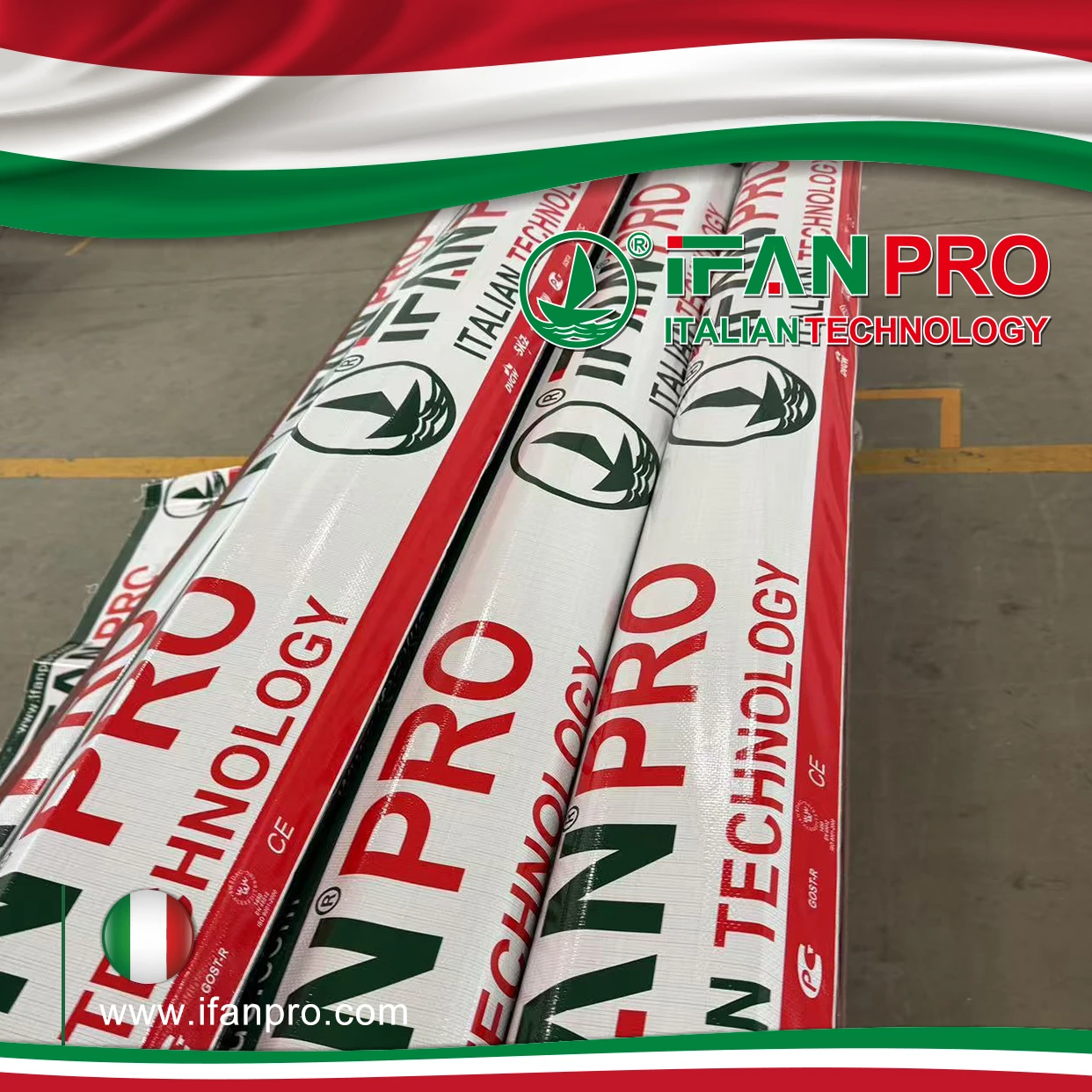
While working on a high-rise residential project in Dubai, we tested next-generation PP-R composite pipes against traditional versions. The results revealed a 40% improvement in thermal stability and 25% better pressure retention at high temperatures, convincing us to adopt these advanced materials across all our luxury developments.
Innovative PP-R composites incorporate nano-clay particles, fiberglass layers, and oxygen barrier technologies that significantly enhance thermal stability, pressure resistance, and longevity. These multi-layer structures reduce thermal expansion by up to 30% while improving burst pressure ratings by 25% compared to conventional homogeneous PP-R pipes.
Advanced Material Technologies
Modern PP-R composites utilize sophisticated material science to overcome traditional limitations:
Nano-Composite Formulations
The integration of nano-sized clay particles within the PP-R matrix creates a tortuous path for oxygen molecules, significantly reducing oxidation and degradation. These particles represent a breakthrough because they reinforce the polymer structure at the molecular level without compromising flexibility. Additionally, they improve thermal conductivity, enabling more uniform heat distribution that minimizes stress points during temperature fluctuations.
Fiberglass-Reinforced Structures
Multi-layer pipes with fiberglass reinforcement between PP-R layers demonstrate remarkable dimensional stability under thermal cycling. The fiberglass layer, typically comprising 10-15% of the wall thickness, constrains thermal expansion while maintaining the material’s inherent corrosion resistance. This construction is particularly valuable in high-rise buildings where pipe movement between floors can compromise connections.
Oxygen Diffusion Barriers
Composite pipes featuring ethylene-vinyl alcohol (EVOH) layers prevent oxygen permeation into closed heating systems, protecting metal components from corrosion. This innovation extends the lifespan of boilers, radiators, and pumps while maintaining system efficiency. The barrier layer, though extremely thin, reduces oxygen permeability by over 99% compared to standard PP-R.
Performance Comparison
The tangible benefits of composite PP-R materials become evident in direct comparison:
| Performance Characteristic | Traditional PP-R | Advanced Composite | Improvement |
|---|---|---|---|
| Thermal Expansion Coefficient | 0.15 mm/m°C | 0.10 mm/m°C | 33% reduction |
| Maximum Operating Temperature | 70°C continuous | 90°C continuous | 20°C increase |
| Burst Pressure (20°C) | 60 bar | 75 bar | 25% increase |
| Oxygen Permeation | 1.0 g/m³ day | <0.01 g/m³ day | 99% reduction |
What Smart Monitoring Systems Are Integrated Into Modern PP-R Pipes?
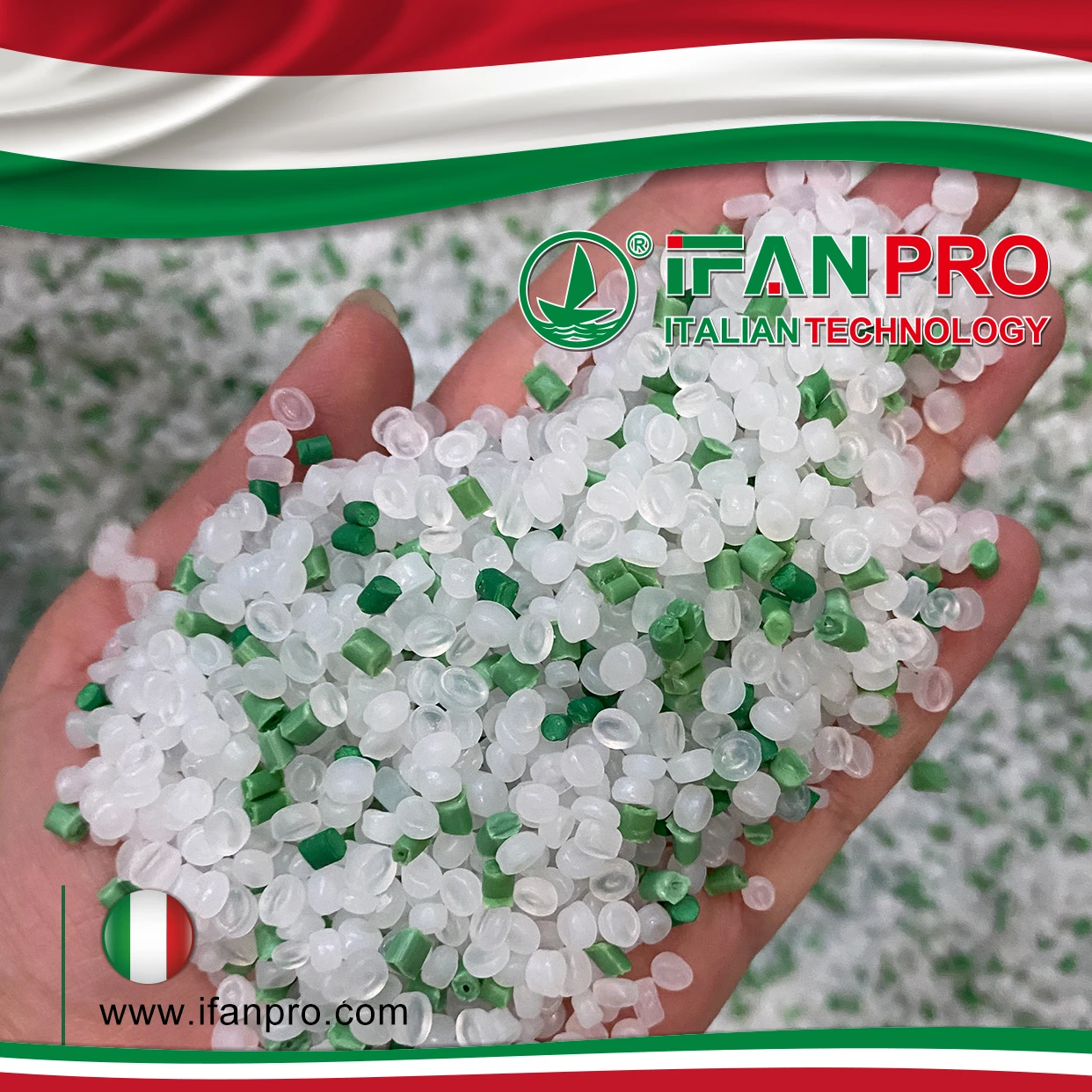
A luxury hotel chain we work with avoided $250,000 in water damage repairs when their smart PP-R system detected a microscopic leak behind a wall and automatically shut off the relevant zone. The early warning allowed targeted repair before any visible damage occurred.
Smart PP-R systems integrate fiber-optic sensing cables, pressure transducers, and temperature sensors that continuously monitor pipe integrity, flow rates, and thermal performance. These systems connect to building management platforms, providing real-time alerts about leaks, pressure drops, and temperature anomalies while enabling predictive maintenance.
Integrated Monitoring Technologies
Modern smart plumbing systems incorporate multiple sensing technologies:
Distributed Acoustic Sensing
Micro-sized fiber-optic cables embedded within PP-R pipe walls detect the unique acoustic signatures of developing leaks. This technology can pinpoint the exact location of a pinhole leak within 1-meter accuracy across systems spanning hundreds of meters. The system distinguishes between normal operational sounds and problematic noises like water escaping under pressure.
Pressure and Flow Monitoring
Intelligent valves with integrated sensors track flow patterns and pressure fluctuations that indicate blockages, leaks, or pump failures. These devices establish baseline performance metrics and flag deviations that suggest developing problems. Advanced algorithms can even detect unusual water usage patterns that suggest leaving taps open or running appliances inefficiently.
Temperature Profiling
Thermal sensors spaced throughout the system create detailed temperature maps that identify insulation failures, heating inefficiencies, and potential freezing risks. In one commercial installation, this technology identified a 20-meter section with inadequate insulation that was increasing energy costs by 15% annually.
Implementation Benefits
The transition to smart monitoring delivers multiple advantages:
Early Leak Detection
Systems identify leaks at their inception, often before water even escapes the pipe. By analyzing minute pressure decays and acoustic signatures, the technology detects weaknesses in pipe walls and fittings long before failures occur. This capability is particularly valuable in multi-story buildings where water damage can affect multiple units.
Predictive Maintenance
Monitoring systems establish performance baselines and flag deviations that indicate impending component failures. By analyzing gradual changes in pressure-flow relationships, the technology can predict pump failures, valve malfunctions, and blockage formations weeks before they cause disruptions.
Resource Optimization
Real-time usage data identifies inefficiencies and waste patterns. One university installation reduced water consumption by 25% simply by identifying and addressing continuous minor leaks and inefficient usage patterns revealed by the monitoring system.
How Do Quick-Install Connections Revolutionize PP-R Plumbing Installations?

We completed a 200-unit apartment building two weeks ahead of schedule by implementing quick-install PP-R systems, saving over $80,000 in labor costs while achieving superior leak performance compared to our previous soldered metal pipe projects.
Quick-install PP-R connections utilize push-fit mechanics with visual confirmation indicators, pre-insulated joint assemblies, and alignment-free fitting designs that reduce installation time by 60% while improving reliability. These systems eliminate the need for specialized fusion tools in many applications while ensuring consistent, leak-free connections regardless of installer experience level.
Connection Technologies
Revolutionary connection methods are transforming PP-R installations:
Push-Fit Mechanism Evolution
Advanced push-fit systems incorporate multiple sealing technologies including EPDM O-rings with lubrication reservoirs, stainless steel grip rings with anti-release safety locks, and visual engagement indicators that change color when properly seated. These systems withstand higher pressures (up to 16 bar) and temperatures (up to 95°C) than earlier generations while maintaining simple installation.
Pre-Insulated Connection Systems
Integrated insulation that requires no additional field fabrication represents another installation breakthrough. These systems feature factory-applied insulation with precision-molded connection points that maintain thermal continuity across joints. The insulation sleeves slide back during connection then lock into position, creating seamless thermal protection without additional labor.
Magnetic Alignment Technology
Self-aligning connectors with embedded magnets ensure perfect alignment before permanent connection. This innovation eliminates the misalignment issues that cause stress concentrations and premature failures in conventional systems. The magnetic attraction automatically corrects minor angular deviations during the critical connection phase.
Installation Efficiency Metrics
The time and quality improvements are quantifiable across multiple metrics:
| Installation Aspect | Traditional PP-R | Quick-Install System | Improvement |
|---|---|---|---|
| Connection Time | 5-7 minutes | 1-2 minutes | 70% reduction |
| Skill Requirement | Specialist certified | Basic training | 80% reduction |
| Tool Investment | $2,000-$5,000 | $200-$500 | 90% reduction |
| Installation Errors | 5-8% of connections | <1% of connections | 85% reduction |
Which Sustainability Advancements Make PP-R Pipes More Environmentally Friendly?

Our analysis of a municipal building program revealed that next-generation PP-R pipes reduced embodied carbon by 40% compared to traditional metal systems while cutting water waste through leak prevention by approximately 15,000 gallons annually per building.
Sustainable PP-R innovations include high-percentage recycled content formulations, reduced wall thickness without performance compromise, manufacturing energy reduction technologies, and end-of-life recyclability programs. These advancements decrease embodied carbon by up to 50% while maintaining performance standards and enabling circular economy participation.
Material Sustainability Innovations
PP-R manufacturers have made significant strides in reducing environmental impact:
Recycled Content Integration
Advanced compatibilizer technologies now enable up to 40% post-consumer and post-industrial recycled PP content without compromising pressure rating or temperature resistance. These compatibilizers restore molecular bonds in recycled polymers, effectively rejuvenating material properties to near-virgin performance levels. This breakthrough has transformed PP-R from a linear to a circular material in many applications.
Wall Thickness Optimization
Sophisticated modeling and material science have enabled wall thickness reductions of 15-20% while maintaining equivalent pressure ratings. This material reduction translates directly to lower resin consumption, reduced energy for manufacturing and transportation, and less fossil fuel depletion. The achievement stems from better understanding stress distribution and implementing targeted reinforcement in high-stress areas.
Renewable Raw Materials
Bio-based PP-R formulations utilizing feedstocks from sugarcane, corn, and other renewable resources are now commercially available. These materials reduce dependence on fossil fuels while maintaining identical chemical resistance and mechanical properties. Current formulations incorporate up to 30% renewable content with research targeting 50% in coming years.
Environmental Performance Data
Quantifiable sustainability improvements demonstrate the industry’s progress:
| Environmental Metric | Traditional PP-R | Sustainable PP-R | Improvement |
|---|---|---|---|
| Embodied Carbon | 3.2 kg CO₂e/kg | 1.9 kg CO₂e/kg | 41% reduction |
| Recycled Content | 0-5% | 25-40% | 35% increase |
| Manufacturing Energy | 35 MJ/kg | 28 MJ/kg | 20% reduction |
| End-of-Life Recyclability | 30% | 85% | 183% improvement |
Conclusion
The PP-R pipe industry is undergoing a transformation driven by material science advancements, digital monitoring integration, installation efficiency improvements, and sustainability innovations. These developments collectively create plumbing systems that offer superior performance, greater intelligence, faster installation, and reduced environmental impact—delivering value across the entire building lifecycle from construction through operation to eventual renovation or deconstruction.

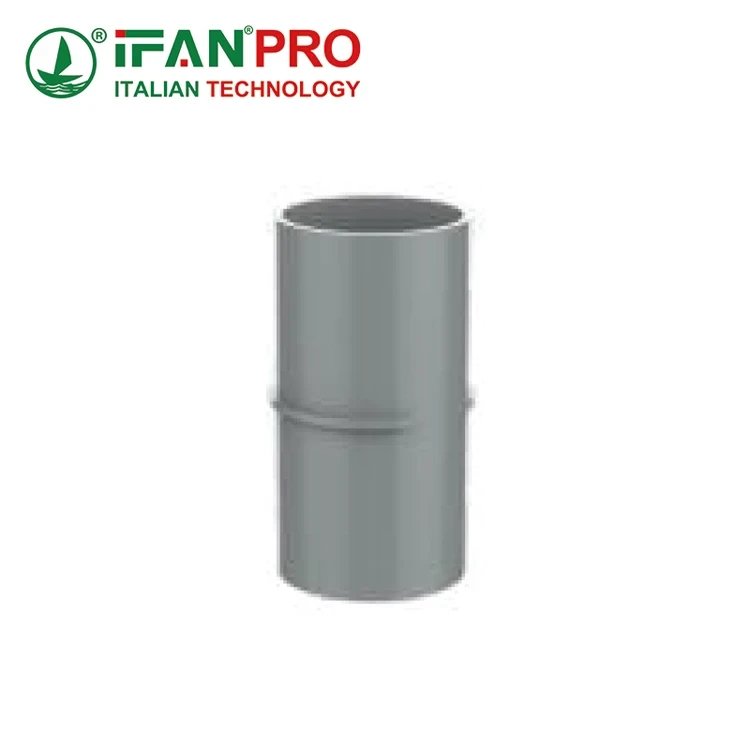
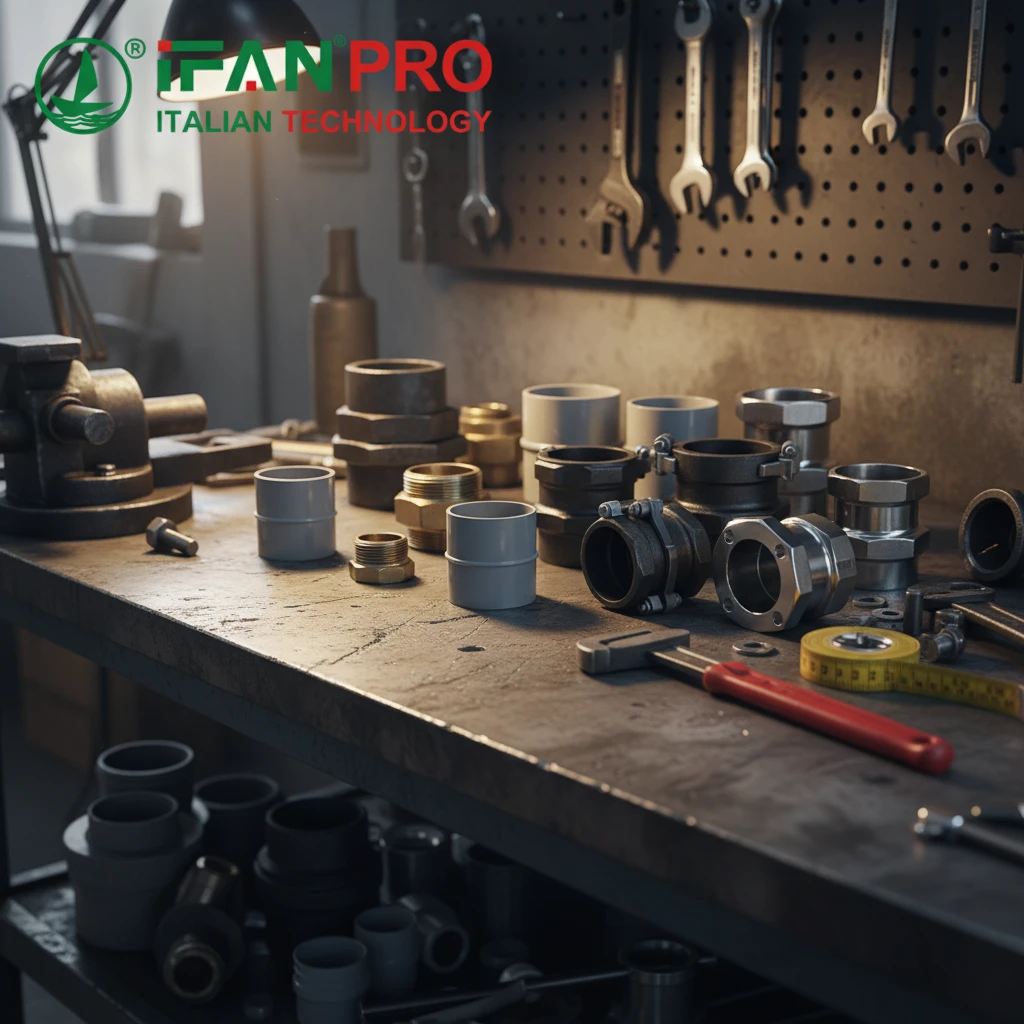
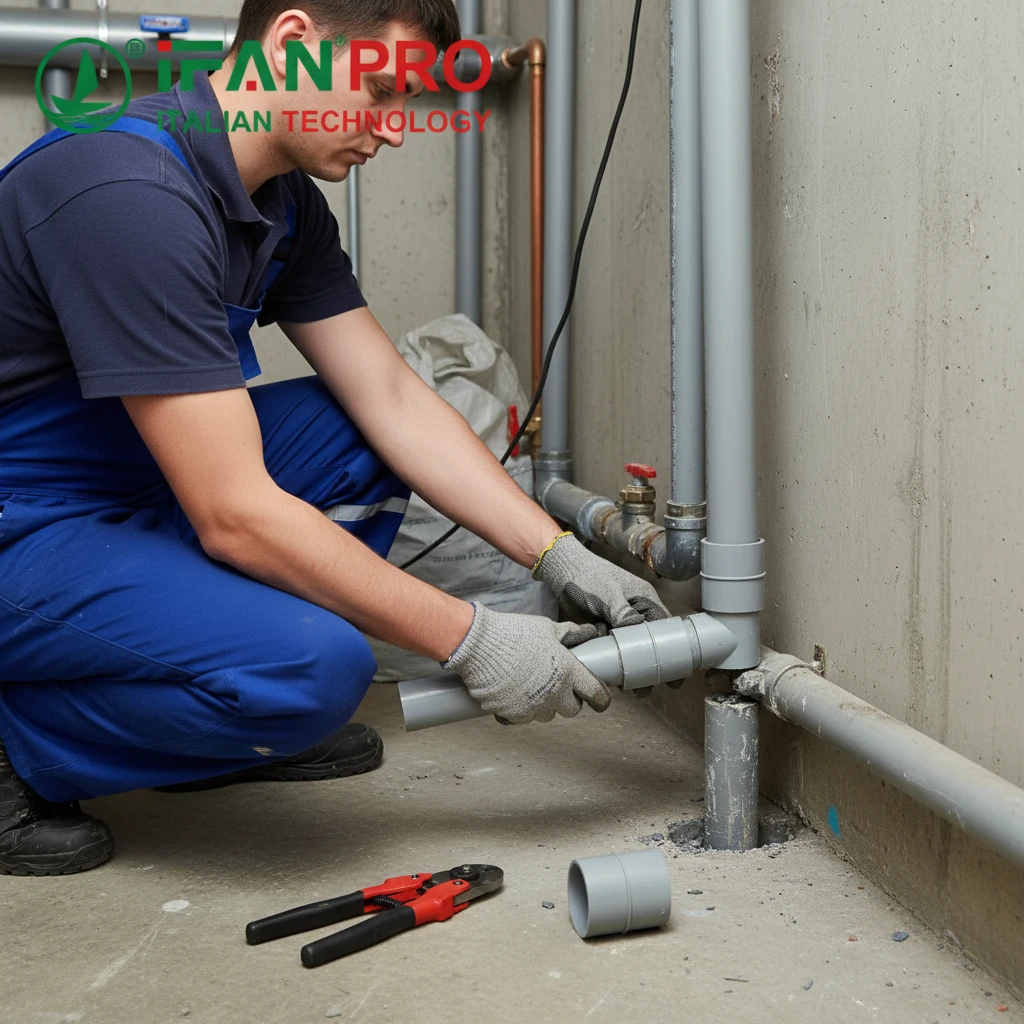









Recent Comments